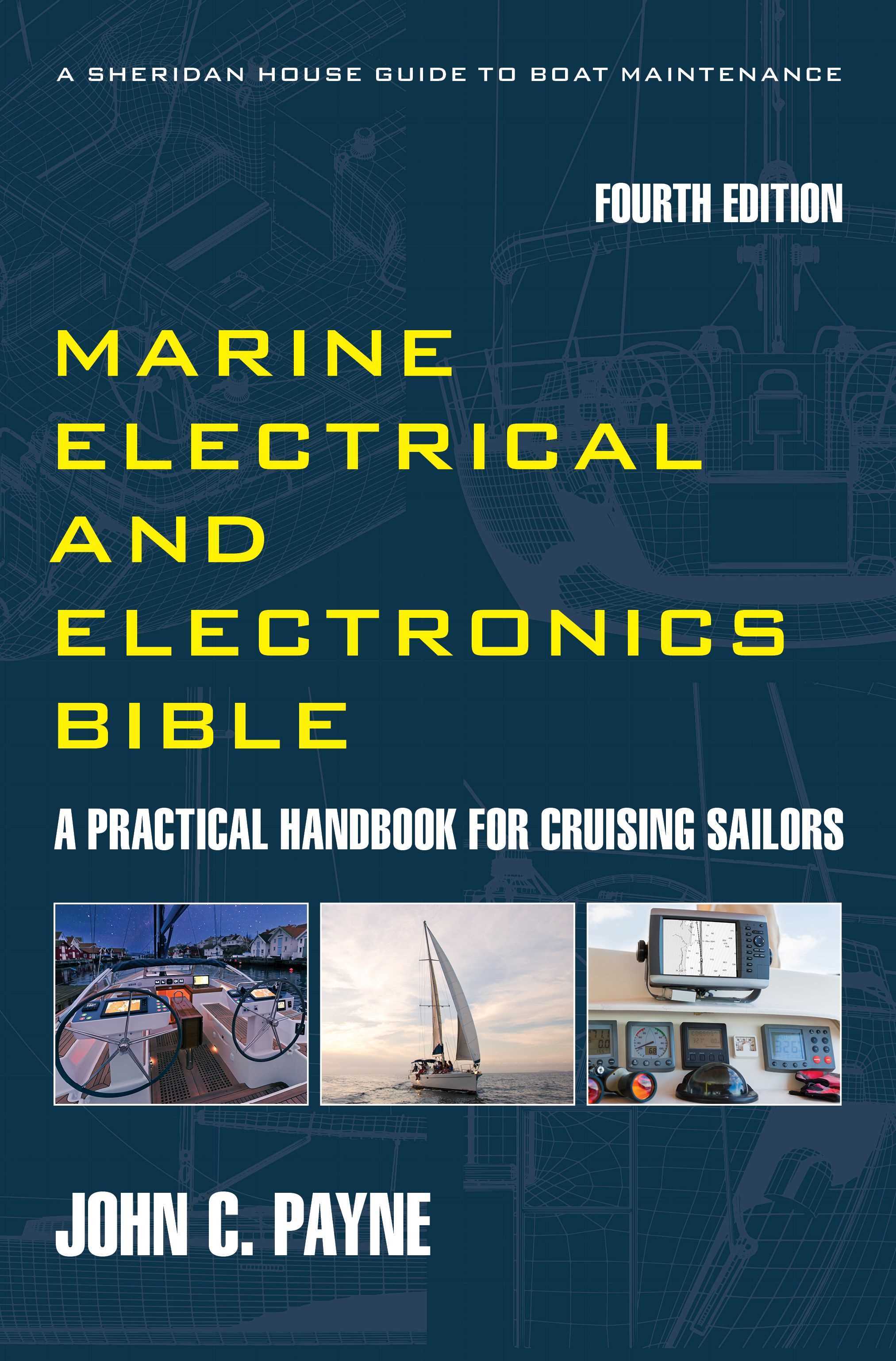Small Boat Radar
Small boat radar sure has come a long way in the last 25 years, and some of the new small boat radar offerings are impressive if not a little daunting. Big technological advances in electronics, software and advanced military and commercial shipping technology has now migrated into the small boat arena. New generation small boat radars are far lighter, reduced power consumption, incredible performance and above all user friendly. Installation is also much easier and essentially plug and play.
When assessing a radar for use the choices are becoming bewildering. Amongst the various offerings are the Raymarine Quantum series, the Furuno 1st Watch Wireless Radome models, B and G Broadband 4G, Simrad/Lowrance Halo20 Pulse Compression Radars and there are similar offerings from Garmin Fantom, Humminbird CHIRP radar and others.
The 4th Edition of the Marine Electrical Electronics Bible Get your copy and start becoming self sufficient and save money on expensive technician callouts.
What is Radar?
The word RADAR is an acronym for RAdio Detection And Ranging. Radar can be defined as a method of locating the presence of a target, and calculating the range and angular position with respect to the radar transmitter. For closing landfalls, navigating channels and poor visibility, radar units make navigation a lot easier. There are some very confused attitudes around that see radar as redundant with the GPS. Radar indicates where things are, and GPS indicates where you are. As a navigational aid, radar offers many very useful functions:
1. Position fixing from geographical points.
2. Positions of other vessels.
3. Positions of buoys.
4. Land formations when trying to make a landfall in poor visibility.
5. Rain and squall locations.
6. Collision avoidance at night and in poor visibility.
How does small boat radar work?
Radar transmits a pulse of Radio Frequency (RF) electromagnetic energy. This is radiated from a highly directional rotating transmitter called the scanner. Any reflected energy is then received back to the scanner and processed to form an image on your radar screen. The time interval between transmission of the signal and reception of reflected energy can be processed to give target distance and bearing. The subject of radar reflection theory is complex and is covered extensively elsewhere. It is essential that behaviour of radar signals on varying target materials be understood if radar is to be fully utilised.
Why are some small boat radar scanners different?
In practice the longer the scanner the narrower the beam width, which gives better target discrimination. Of the two main scanner types, beamwidths of enclosed scanners are always larger than open types. This factor is one of the trade-offs that has to be considered when selecting a radar unit. If it can be accommodated, an open scanner is far more preferable in terms of performance. On small boats enclosed array type scanners are now the most commonly installed. There are two basic types of antenna elements in use. The Printed circuit board phased antenna arrays are commonly fitted to enclosed scanners. The antenna is on a circuit board instead of the more expensive slotted waveguides. Center fed slotted waveguide arrays are normally used on open array antennas and on larger range radomes. More great information on small boat radar to come.